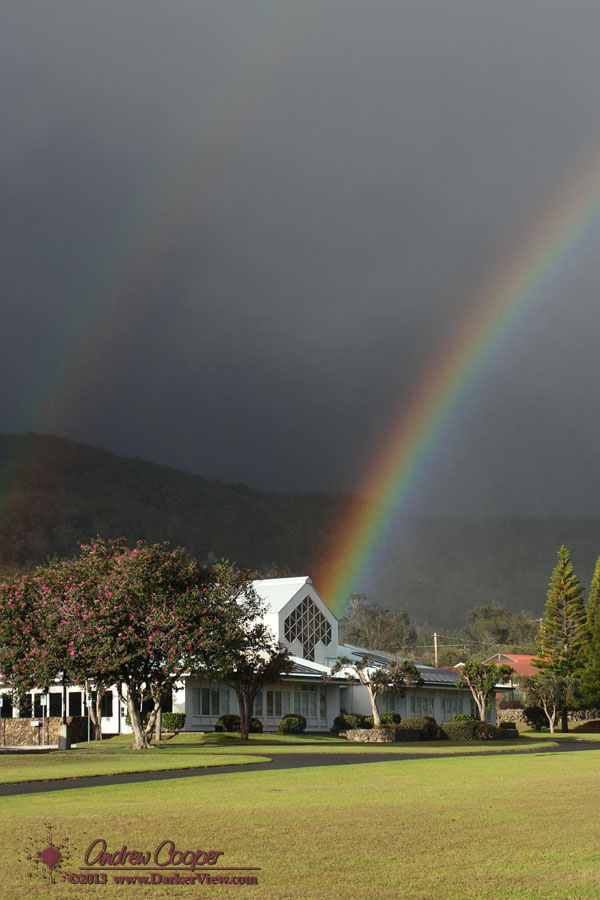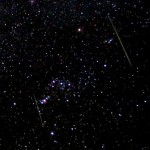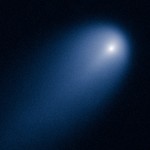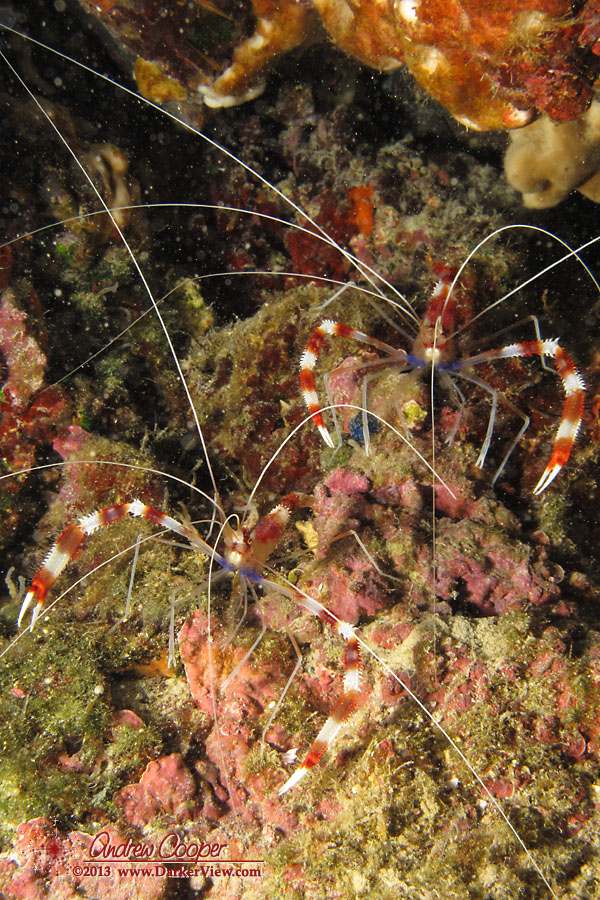There were over 75,500 visits to Darker View this year, a substantial increase over last year. This includes two months with about 10,000 visitors, though 5-6k is more normal for a month. Daily traffic is running about 200 visits per day. I am continually amazed that so many people stop by my little molecule of the web to read what I have written. Perhaps they just come to view the photographs.
A few posts on Darker View attract far more attention than the rest, by a wide margin. There are certain subjects I post about that seem to be of continual interest, garnering a large number of search engine hits. It is always interesting to see what these posts are. Why are folks coming to read Darker View?
| Article | Views | |
| 1 | Astrophotography with the EOS-M | 3979 |
| 2 | Snow on the Mountain | 3387 |
| 3 | Mauna Kea Claims Another… | 3028 |
| 4 | A Backyard Telescope Pier | 2173 |
| 5 | Soldering Small | 1932 |
| 6 | The iOptron ZEQ25 | 1596 |
| 7 | Degrees, Arc-Minutes and Arc-Seconds | 1236 |
| 8 | SBIG ST-i Autoguider | 1146 |
| 9 | Repairing a Wii Balance Board | 833 |
| 10 | Autoguiding the iOptron ZEQ25 with an SBIG STi | 767 |
A couple posts are on the list because they were linked by sites with a good deal more traffic than DV, Snow on the Mountain and Soldering Small are examples of this. A couple astro-equipment related posts continue to draw steady traffic, months after being posted. Most of the astro-basics posts are well read, appearing in the top 50.
The backyard pier post is a very old post, one that was originally written for my first website over a decade ago. The latest version was edited and somewhat updated when I transferred it to the WordPress version of DV where it continues to get a few hits every day.
There are 1158 posts on Darker View, not counting all of the old stuff still on the older version of the site. Looking through the posts and seeing what people are reading is fascinating. Will the results change the way I write and what I write about? Probably not. The purpose of DV is not to generate traffic. Still, is is gratifying to see that folks stop by.







